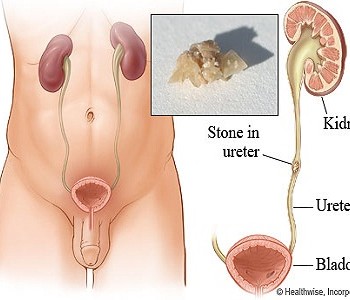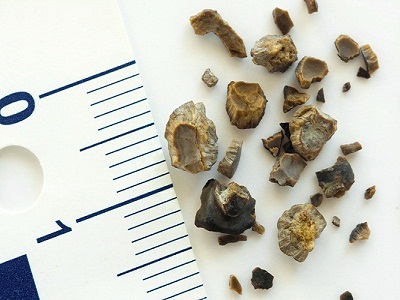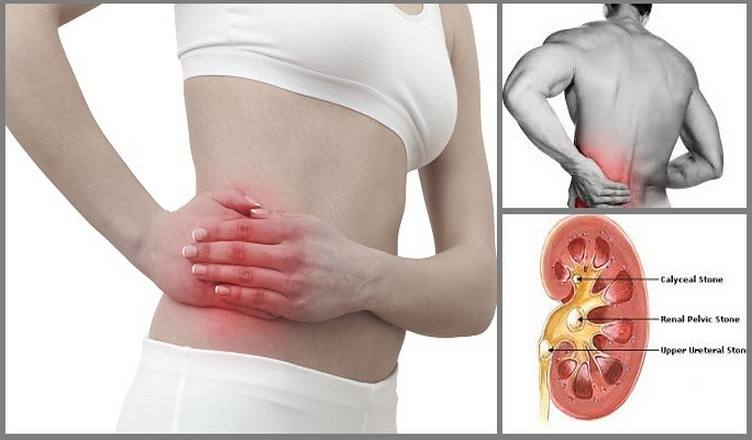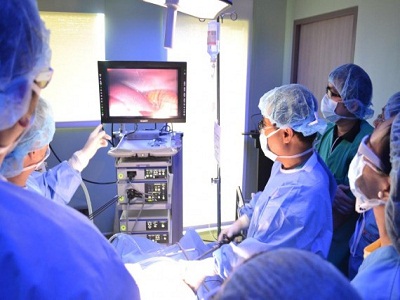Kidney Stone

Kidney Specialist in Aurangabad
Dr. Omprakash Mundada is one of the leading Kidney Specialist in Aurangabad. Dr. Omprakash Mundada provides effective diagnosis and treatment of kidney stones and also one the best General And Laparoscopic Surgeon in Aurangabad . Shockwave lithotripsy (SWL), Ureteroscopy & laser lithotripsy, Percutaneous Nephrolithotomy (PCNL) and endoscopic surgery are some of the common surgical methods used for the effective treatment or removal of kidney stones from the body of the patients. Based on the needs and requirements of the patients, any of the above mentioned surgical procedures can be used by qualified doctors or physicians, for the effective treatment of kidney stones of various sizes. With expertise in endoscopic surgical procedures, Dr. Omprakash Mundada has been able to successfully treat different sizes of kidney stones in the most efficient manner.
The kidneys are solid; bean-shaped, reddish brown-paired structure, which lies behind the abdominal cavity one on either side of the vertebral column. This kidney acts like the filter organ, which removes the waste products from the blood, which forms urine. The kidney also helps in maintaining electrolyte balance.
About 180 litres of blood, which run through these nephrons (functional unit of the kidney), are reduced to urine by the process of filtration, reabsorption, and secretion by the nephrons. The urine enters the pelvis of the kidney where it collects and continues down the ureters to the bladder. In the urinary bladder, urine is temporarily stored and is finally eliminated from the body through the urinary passage called urethra. Human beings on an average pass about 1 to 1.5 litres of urine per day.
Kidney stones constitute one of the commonest diseases in our country and pain due to kidney stones is known as worse than that of labour pain. In India, approximately 5 -7 million patients suffer from stone disease and at least 1/1000 of Indian population needs hospitalisation due to kidney stone disease.

Causes
Apparently, there are no direct causes for stone formation. However, there is few hypothesis in this regard.
- Kidney Stones can be formed anywhere in the urinary system, like kidney, ureter, and bladder. The process by which the stone formation occurs is Supersaturation of urine.
- Hereditary: This may have some role as some people in the same family are more prone to form kidney stones.
- Diet: Diet is not a dominating factor. However, if an individual is a stone former the diet rich in calcium, oxalate & uric acid may increase the chances of stone formation. In a normal individual, diet will not play many roles. More than the diet; water intake may be more responsible for kidney stone formation.
- Water Intake: If an individual is a stone former then an increased intake of water will help him pass small gravels before they become a nidus for stone formation. Unfortunately, in stone belt region due to the dry climate, the water is hard and will, in fact, contribute to the formation of stones, if taken in large quantities.

Sign & Symptoms
Small and smooth kidney stones may remain in the kidney or pass without causing pain (called “silent” stones). Stones that lodge in the ureter ( the tube that carries urine from the kidneys to the bladder) cause spasm in the urinary system and produce pain. This pain is unrelated to the size of the stone.
Other symptoms of kidney stones may include the following:
- Blood in the urine.
- Increased frequency of urination.
- Nausea and vomiting.
- Bladder neck incision.
- Pain and burning during urination.
- Fever, chills, loss of appetite.
- Urinary tract infection

Treatment
Extracorporeal Shock Wave Lithotripsy (ESWL) uses highly focused electromagnetic waves projected from outside the body to crush kidney stones anywhere in the urinary system. The stone is reduced to sand-like particles that can pass in the urine. Large stones may require more than one sessions. It can be used for patients of all age groups and those who have heart and breathing problems. However, the procedure is contraindicated for pregnant women. ESWL by 4th generation “SIEMENS LITHOTRIPTER” with ultrasound attachment helps to treat even radiolucent stones, which are not visible in normal fluoroscopy Lithotripters.
Ureterorenoscopy Lithotripsy with Holmium Laser is performed under epidural and spinal anesthesia to treat stones located in the middle or lower ureter. A small, fiber-optic instrument (ureteroscope) is passed into the ureter. Large stones are fragmented using 100-Watt Coherent Holmium Laser. The laser fragments the stone into sand-like particles, which are then flushed out through the natural urinary passage. The advantage of Holmium Laser is its ability to fragment stones of all compositions with precision. Thus, it is the most effective laser for the treatment of urinary stones. Patients are generally admitted on the same day of the treatment and are discharged next day, which means only 24 hours of hospitalization is required.
